This new post is in response to “Susiekitchen’s” (What’s your definition of McMansion?) After reading through those posts I got to wondering what are the designs, materials, square footage and so on of a house done right. Now I know we could ask this question to 100 people and get 100 different views, but there must be some consensus as to what makes a house right. It’s obvious one persons 1500sqft 2bdrm 1bath cottage won’t work for a family of 6 very well, but what are some general guidelines I guess.
Someone posted a dislike of FCB which has me puzzled, also the use of concrete blocks for retaining walls though I don’t care for the look of the blocks much what is a better choice?
Anyway just thought it may be interesting to see some ideas.
Jeff
Discussion Forum
Discussion Forum
Up Next
Video Shorts
Featured Story
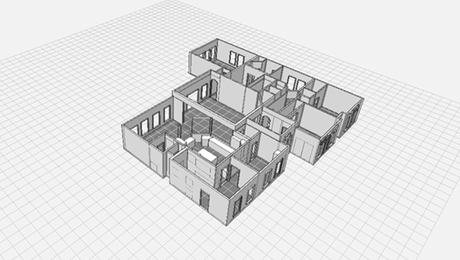
Hover's smartphone app offers an easier way to get precise 3D scans.
Featured Video
Video: Build a Fireplace, Brick by BrickHighlights
"I have learned so much thanks to the searchable articles on the FHB website. I can confidently say that I expect to be a life-long subscriber." - M.K.
Fine Homebuilding Magazine
- Home Group
- Antique Trader
- Arts & Crafts Homes
- Bank Note Reporter
- Cabin Life
- Cuisine at Home
- Fine Gardening
- Fine Woodworking
- Green Building Advisor
- Garden Gate
- Horticulture
- Keep Craft Alive
- Log Home Living
- Military Trader/Vehicles
- Numismatic News
- Numismaster
- Old Cars Weekly
- Old House Journal
- Period Homes
- Popular Woodworking
- Script
- ShopNotes
- Sports Collectors Digest
- Threads
- Timber Home Living
- Traditional Building
- Woodsmith
- World Coin News
- Writer's Digest
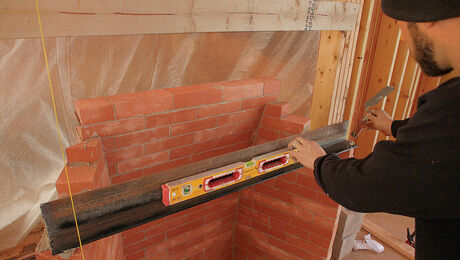
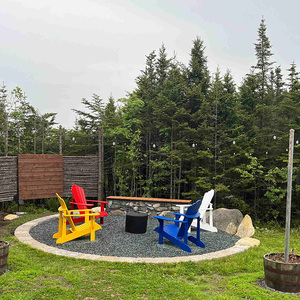

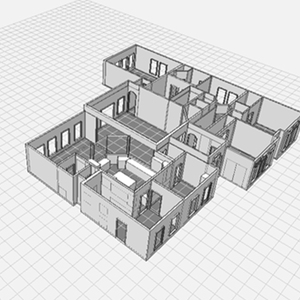




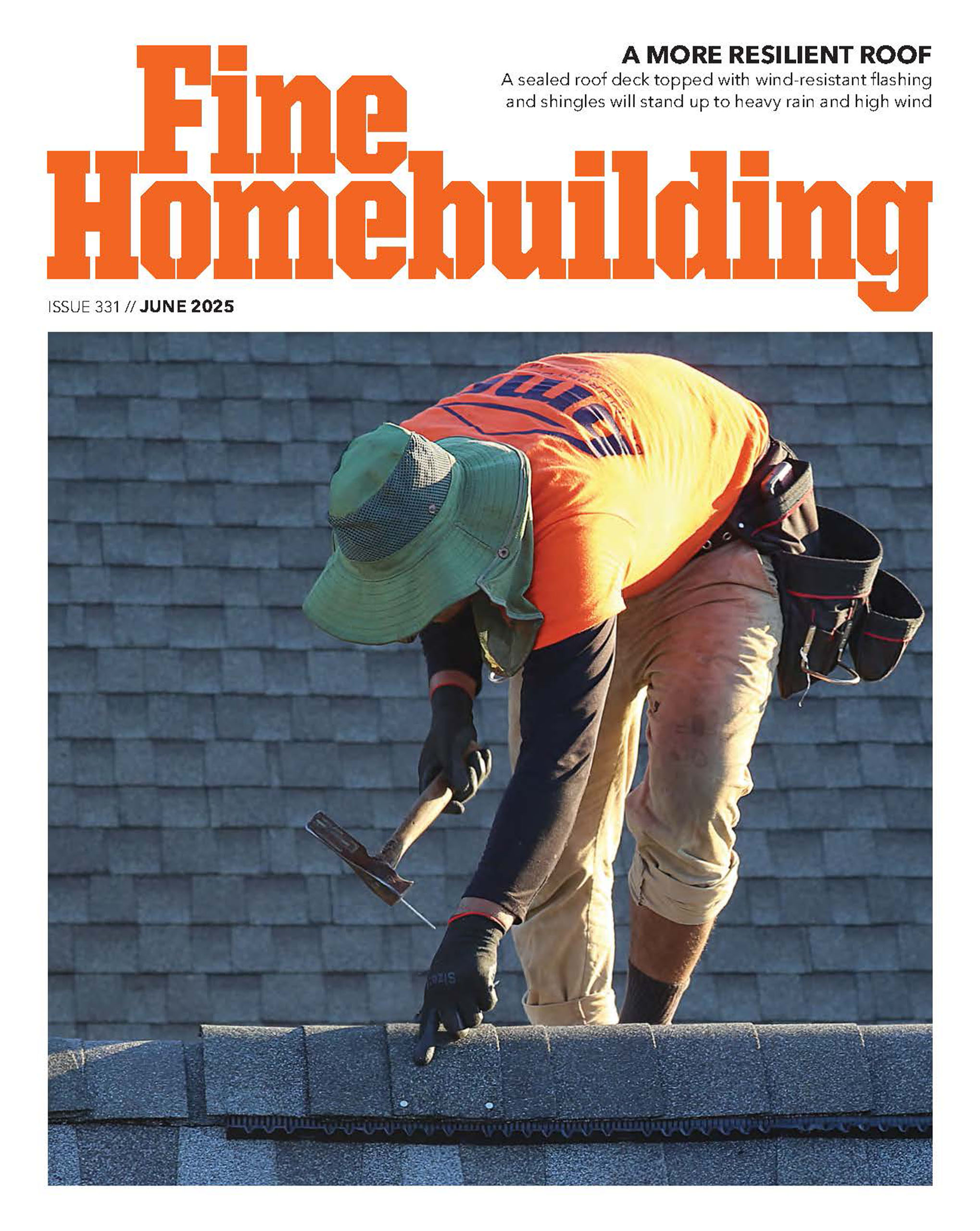









Replies
1.) Even footed increments that make best use of sheeting goods and lumber lengths that minimize waste.
Get a Peach full,
easy feelin'.
Amen, brother, amen. The hallways are 4' 2" wide, the rooms are 12' 5" etc... The dw waste alone is enought to make me nuts.
k
Appropriate:
-- To site. Take advantage of slope (or lack thereof) on the lot. Consider whether the area is wooded or not.
-- To neighborhood. Not terribly out of character with the rest of the neighborhood (though no need to "fit the mold" either).
-- To weather. Appropriate consideration given to wind, rain, snow load, sun. The house doesn't appear to be fighting the weather but is in tune with it.
-- To occupants. Despite a desire for drama, what most people really want is a confortable, pleasant environment, appropriate to their lifestyle (vs perhaps the lifestyle they dream of having).
-- To materials. Designed with an awareness of construction techniques and materials, and put together so that the materials contribute to the overall harmony of the design, vs being continually at odds with it.
Dan,Excellent post. That is pretty much what I was going to say, but you said it first.Some other points of value to include:Main entry should have a cover so people don't stand at the door in the rain/snow. Good to have a spot to put items down on other than the floor. Can be on a bench or shelf, for example.Put exterior GFI outlets near front and rear doors, plus just inside garage door(s).A view corridor from the kitchen to the entry or entry approach is very handy for anticipating guests as they arrive.A roof that is simple enough to last and affordable to maintain. The roof can be a decorative accent, but should not take over the composition. Must not drip onto traffic pathways.Bill
Yeah, that's mostly suitability to the weather. One thing our house lacks is an entryway large enough for a bench, for putting on shoes/boots in the winter.Problem is, few people think about these things when viewing a house. They mostly think about the view and about the parties they can throw with the grand piano in the music room. Never mind that the "view" means that the sun will destroy the grand piano (which will never be played anyway).
What is wanted is not the will to believe, but the will to find out, which is the exact opposite. --Bertrand Russell
Excellent list!I would add one key element (though hard to quantify, I would rank it near the top)A house done right is built with the intention that it last 100 years or more without more than "routine" maintenance. That means good quality materials where in counts. Cosmetic changes will always shift with changing styles. But the house should still be sitting there 100 years later so that the original owners' cute 2-year-old can come back and visit when they're 98 and reminisce.As much as I admire the willingness to take aesthetic risks at times, too often "contemporary" stylings scream "Tear-down coming in 30 years!" so, no matter how well-built or well designed for the original owners' cutting edge tastes, I cannot consider it a house done right.
We've been redoing our kitchen, and noticed this in the magazines -- many of the kitchens (in addition to being too big and chrome) have backsplashes and the like that are outright garish. They sell OK now because garish is in, but will be seriously dated in 10-20 years.
What is wanted is not the will to believe, but the will to find out, which is the exact opposite. --Bertrand Russell
"As much as I admire the willingness to take aesthetic risks at times, too often "contemporary" stylings scream "Tear-down coming in 30 years!" so, no matter how well-built or well designed for the original owners' cutting edge tastes, I cannot consider it a house done right."Not always true. Many of Frank Lloyd Wright's houses which were cutting edge for their time are still standing and in good condition. The same can be said for work by Greene and Greene. Case Study house #8 by modernists architects Charles and Ray Eames still stands almost 60 years later and is every bit as fashionable as when it was built.
I don't consider that as comparing apple's to apple's
Russell
"Welcome to my world"
Almost all of FLR houses have had major restorations done to them. If it wasn't for rubber roofs they would all still be leaking.
And what house doesn't require maintenance?
The OP calls asks if contemporary houses will look "dated" or out of fashion in 30 years.
Not whether they have physical longevity or not. I'm saying the examples I cited were contemporary in their time and are still relevant as to their contribution to the evolution of American architecture.
I was responding to YOUR comment that FLR houses were cutting edge and still standing. If major work had not been done to Falling Water (as an example) parts of it would have collapsed by now.And if you look you will see my second post did respond to the OP.
One cannot compare the homes of yesteryear with todays or to what the future changes in styles will be migrating towards.
To think the beautiful appearance of the many old plain Victorians, or Mansards, Queen Annes and the like can be duplicated in the presentday
is like thinking the 70s Pintos and Vegas were more attractive than the low riding big boats of the 60s because they scooted faster and were made in a more economic fashion.
The onslaught of modern building practice with it's ensuing dependency on glue and plasticized components is never going to have the draw and charm of the dense solid structures of days gone by
and the current 'Green' frenzy is just that, a banner waving rave of folks using a term and idea to promote a sales agenda.
If we are lucky some of the green concept will rub off on enough people before it gets buried in the abundance of old jargon and will remain to have a true impact on future housing
but the majority of new housing coming up will always be a slam dunk get 'er done and move on to the next one as the population continues to grow
and demands of lowcost housing will not permit anything outside of a basic structure that keeps water off the masses heads and a place that can be warmed enough to sleep in.
Those fortunate enough to have the capital for a quality home will be limited to more modern materials and the presentation and abilities of a builder providing whatever is in the common vogue of the time
unless they themselves are of the breed that can forage for themselves which unfortunately becomes less and less a trait as the years continue on.
Applause to the OP for questioning what might be considered right but it is hard to decipher a definition of right when so much of what might be used for analysis to compare is wrong in the first place. The movement of alternative housing styles into the mainstay production of new housing are few and limited in proportion to total numbers of new homes being produced
and is just a slow beast crawling across the urban landscape. It is nice to hope that like the snowball rolling downhill they might gather enough size and momentum to impact the overall view
but that takes a rebuilding of the sensibilities of the common people and in this day that is a harder product to come by.
I fear that necessity is the only thing that will influence change in building style
and all we are going to see in the near future as far as the majority of new housing is concerned are foam blocks at best covered with who knows what.
Be sad but true.
Get a Peach full,easy feelin'.
As I read the responses here another thought occurs to me;In answering the thread question we need to resist the urge to picture the house in a vacuum. A house can no more exist on it's own (except one remotely located) than can a car exist without roads and places to go. We need to consider a larger context. A city house may be brilliantly designed and executed, but if it exists in a neighborhood with problems, it will not be a desirable "home." Remember that many of the criticisms of McMansions are also criticisms of a lifestyle, not just a design or construction technique. The factors are interrelated. A house done right needn't be complicated or cutting edge. Many garden variety small 1920's city homes are wonderfully livable today in a way that homes of the 50's, 70' s and '90's struggle to match. These were often little more than basic rectangles, but built well enough to withstand generations of use, and of a style that would not become immediately obsolete.But when people feel a connection to a neighborhood, they stay. When they stay they plant trees, shrubs and gardens. After a while a deck or patio gets added, then an arbor or pergola. After a couple of generations, a block of houses that started out rather similar, begin to look unique, like people do after growing up beyond the baby phase.Take away the connection to a neighborhood though, and the homeowners are bound to be short-term residents at best. The home itself will fail to thrive, and so it ages without grace.There's nothing at all wrong about having conversations strictly about home design - room arrangement, materials choices, square footage and such. I love it. But I'm left with the feeling that we are discussing a surface issue that is ultimately at the mercy of what lies beneath. Because what really needs to be discussed is something more like "Lifestyle Design" or to use the thread title here, "Examples of a life done right."
Now we're into philosophy! :-o
Oh yes FLR shall we say "push the edge" of design. Falling water was in fact falling. Now it is debated wether it was the fault of design or poor construction.The concrete was mixed on site with sand from the stream bed.
It is hard to control the strength of concrete if you do not control the quality of what goes in to it, how it is mixed and how it is poured. It is possible that if high strength ready mix concrete was delivered and pumped into the forms it would not have failed.Also there are other FLR designed houses that have had trouble with the eves and cantilevers sagging and framing that was undersized for the loads. But that does not mean he was a bad designer it just means he was human. He was innovating and innovation brings mistakes ether his or the builder's that constructed his designs.As for will a contemporary house be outdated well what once was contemporary is now historical. Good design will always be good design it may fall out of favor and popularity but if the design was sound and meets the needs of home owners then it will still be sound and meet the needs of future home owners. If not then it will get remodeled and I will get more work. LOL
Edited 4/4/2008 3:08 pm ET by MFournier
"Now it is debated wether it was the fault of design or poor construction."It was the design. The contractor got in an 'argument with FLR about the cantalevers not having enough steel. FLR said it would be fine just build as drawn. The contractor still disagreed and put additional steel in after FLR had left. Even then it was not enough steel.
I think the lesson to be drawn from Fallingwater is that some structures deserve to be saved and preserved, even at great expense. Everything germinates from the idea.But sweat the details too. ;-)
After all the discussion on whether the balconies would or would not collapse, when it was time to remove the forms, there's the story of FLW taking a sledge hammer and going under the balconies and knocking out the concrete forms wooden supports hinself.Don't know whether it's true or not but it does sound like something Howard Roark might have done. Those familiar with Roark know what I mean...wink.Runnerguy
Of course not always true, but you have to admit, Wright and G&G are hardly "common" examples and neither are their homes overtly contemporary in appearance (contemporary in concept, yes - in your face avant guard, no)There is a young "designer" couple in our city who recently took it upon themselves to design and build a "green" home for themselves. As one might imagine, it's look was quite contemporary - all cubist concrete & steel (as if wood wasn't "green"!). Anyway, they love it. I'm sure it's well built. Aside from not fitting into the neighborhood, it clearly meets every other requirement mentioned here for a house done right.But here's the thing. What looks chic now will just look stupid 20 years from now, and in this case the house can't be rescued by better paint colors or new carpeting. When their kids have kids of their own they are going to someday drive them past the lot where the house they grew up in used to be before it was torn down. You just know it looking at it.
At the forefront of any innovations in architectural style are a handful of very talented designers whose work doesn't become dated, but rather becomes iconic. The followers who sort of get it, produce second rate knock-offs that look bad now and get worse with time.
I agree. If you aren't right up there, as most of us aren't, it's better to stick to something in keeping with its surroundings that will age gracefully.
Wright's stuff doesn't seem avant guard now simply because it's been 80+ years since he did much of his work, and by now we're so used to it.
What is wanted is not the will to believe, but the will to find out, which is the exact opposite. --Bertrand Russell
"Wright and G&G are hardly "common" examples and neither are their homes overtly contemporary in appearance"Well of course those structures aren't "overtly contemporary" now. It's almost a hundred years after they were built. But in their time they were contemporary and different than what was being done at the time. Take a look at the neighborhood houses where those buildings are located and you can see what was being built at the time.
"What looks chic now will just look stupid 20 years from now"Good design ages well. #### design (aka a mcmansion) never will.
Nice list Dan. Concise and to the point.
I would add:
--To design. A solution brought about thinking in terms of creating relationships in lieu of thinking in terms of creating objects. For example, if I think of the front door as simply a hole in which to pass through the wall, that's probably all it will ever become. If I think of the door in terms of the relationship between inside and out, the house to the street, the journey from the street to the house, etc. the front door has the potential to become so much more.
Many failed buildings are so because, while all the elements are there, the relationships fail.
Runnerguy
I've got a list a mile long but the thing that irks me right now is miniscule laundry rooms in mcmansions. The builder doesn't even give the client a slop sink, an the HO doesn't know it's missing until I ask for it. Where does your domestic help clean their mop in your kitchen sink? I love the older homes with their massive porcelin slop sinks. Now you see them curb side and the plumber is putting in fiberglass. No garage doors facing the street.
Edited 4/1/2008 7:16 pm ET by Pelipeth
I think well or super insulated homes is very important. You can always upgrade your countertop or appliances but you can not easily upgrade your insulation.
My starting point would be A Pattern Language, followed by just about any book by Sarah Susanka (sp?).
Jeff,
I was just catching up with this thread, and was hoping to see a few photos of houses "done right."
I would particularly be interested in exterior shots of homes built since, say 1985, that people here would consider good and appropriate in terms of design, materials, site plan, etc.
There are a few newer homes in my area that look good to me; I'll try to remember my camera. My interest is with pre-1850 architecture, so a shift in focus is needed for me to notice the more recent houses.
Allen
Just my thoughts, some might be repeats. I agree with what DanH said about the design aspect, but would like to add some notes on the construction.......bear in mind that this is a regional NE location.
My idea of McMansion JUNK is: 5,000 sq. ft. to 12,000 sq.ft with......Costing $600k to $2 Mil featuring most, if not all, of:
Basically, anytime the size (and initial appearance) of the home is more important than using proper building techniques, and quality products that will last. I don't feel that it is worth building a house, of any size, cheaply. You always pay more in the end.
Off the soap box.